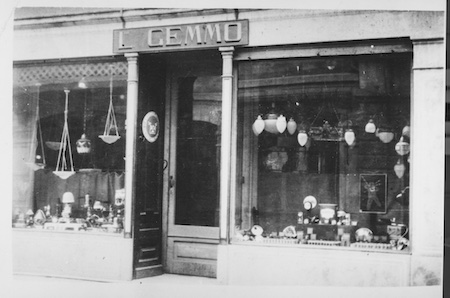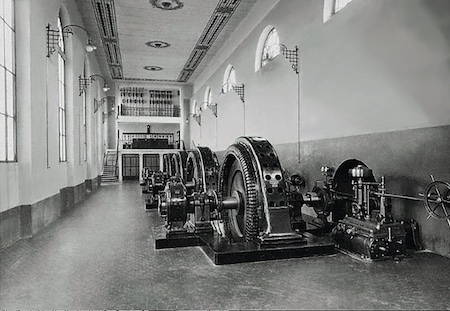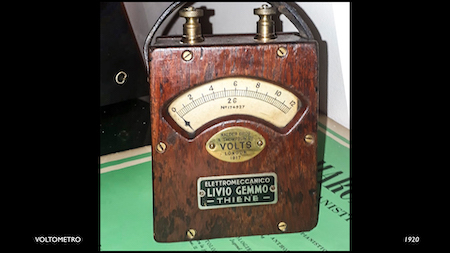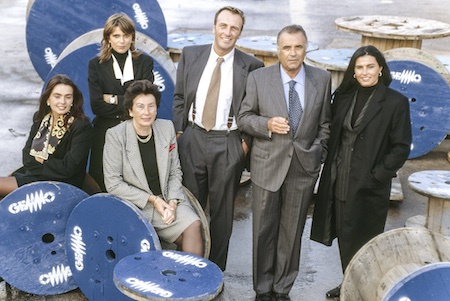History and milestones |
When Livio Gemmo, in 1919, raises the shutter of his electrical store for the first time, he didn’t imagine that one day it would develop in to a large corporation that would make hospitals, airports and railways work, that would light up large cities and small towns and that with the skilful use of technology would enhance the beauty of our artistic and cultural heritage, giving work to thousands of people in Italy and around the world In 1919, in fact, Livio was only 23 years old.
Livio wants one thing above all: to become an electrician. So, when he was just 21 years old, he gave up a secure job to be taken on as an apprentice by the Cooperativa Elettrica in Thiene. After the war, he set up his own business, starting with the sale of electrical wires and light bulbs. Within a short time, he progressed to bulding electrical systems for increasingly large and complex civil and industrial projects.
History and milestones



The post-World War II was a time of major development for Gemmo, which contributed transforming Italy from an agricultural based country with little industrialisation and no infrastructure to a modern industrial power.
In 1950, Livio’s son, Franco, took the helm of the company with the support of his wife Lidia experienced a period of frenetic growth and expansion, building complex technological systems for Italy’s most important public and private industries and providing hundreds of Italian municipalities with modern lighting systems. The 1970s saw the first collaboration with Enel, the first work in the oil refinery sector, the first major installations in shipyards, the first contract with ANAS for the A29 motorway, and the first contract in Saudi Arabia. Orders are received from every corner of the globe: from Africa to South America, from Europe to Asia, Gemmo’s technological systems are to be found everywhere.



In the 1980s, the third generation joined the company: Mauro, Irene, Susanna and Corinna took the reins of the Company.
Collaborations with large private customers began and, at the same time, a process of external growth was started through the acquisition of businesses or branches of businesses of various competitors, some of them major ones. Within a few years, Gemmo became to all intents and purposes a group.
The 1990s and 2000s were characterised by the introduction of new management skills and an extensive overhaul of the organisation, which had to be able to respond to the challenges of an increasingly complex and growing business.
These decades witnessed the evolution of Gemmo’s role in several markets, in which it transformed from being a simple systems supplier to an operator. The company adopts new development models such as the Public Private Partnership (PPP) with its main instrument, Project financing, and acquires undisputed leadership in the Cultural Heritage sector.
